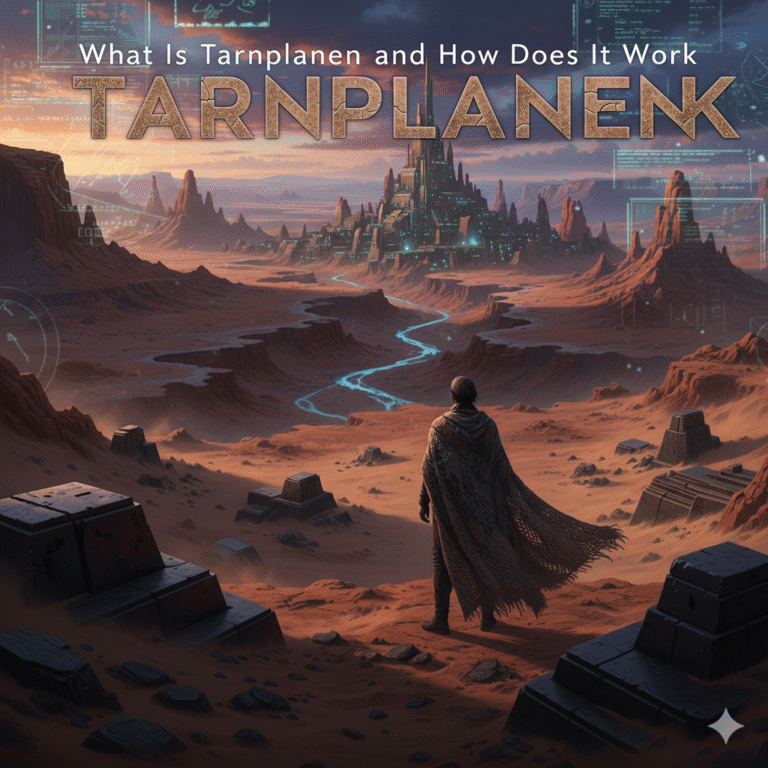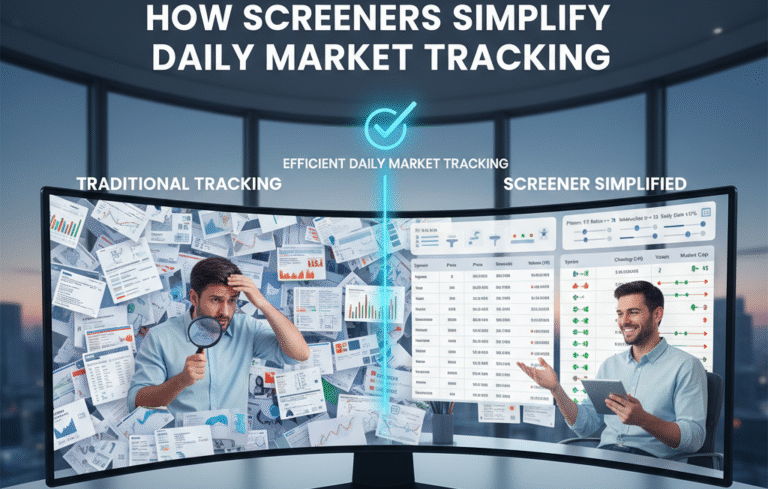
Ever thought about building a smart home in the future, where everything from your lighting to
the fridge is running on AI? Now imagine someone sneaking in, messing with your fridge to
order a hundred pizzas or making your lights blink spam messages. Scary, right? That’s exactly
why these cybersecurity frameworks are emerging as the invisible guardrails in this bold new
world of AI. Herein, I will explain how these frameworks are guiding and securing the rise of AI in
easy, friendly terms.
Why we need frameworks in the AI-security landscape
AI isn’t just software anymore. It learns, it adapts, and if we’re not careful, it can be manipulated.
So we need something more than “lock the door and hope for the best.” Frameworks help
organisations, governments and teams answer questions like:
Which parts of my AI system are vulnerable?
How do I design AI so it’s safe, fair and reliable?
If something goes wrong, do I have procedures to respond?
They’re like instruction manuals for keeping the smart-machines less wild and more trustworthy.
And this matters if you’re planning to enrol in a cyber security course to upskill, or maybe even
thinking of taking an IIT cyber security course to gain that specialised knowledge.
What are the main cybersecurity frameworks influencing
AI?
Here are some of the big ones making waves:
1. NIST AI Risk Management Framework (AI RMF)
This one is from the US’s National Institute of Standards and Technology (NIST). It’s a guide for
managing risks across an AI system’s whole life: from design, through deployment, to
retirement.
Its core functions? Govern → Map → Measure → Manage. It helps you answer: Who’s
responsible, what can go wrong, how do you check it, and how do you fix it.
2. Google Secure AI Framework (SAIF)
Big tech also stepped in. Google LLC’s SAIF lays out six key elements for building AI systems
with security in mind — like “secure-by-default”, “automate defences” and “harmonise platform
controls.
It’s basically “here’s how we build AI securely, and you can too.”
3. MITRE ATLAS Matrix
When attackers move into AI systems, they bring new tricks. This framework helps map those
adversarial tactics (think: data poisoning, model stealing) so defenders know what to guard
against.
4. Cloud Security Alliance AI Controls Matrix (AICM)
Released in 2025, this one approaches AI from a “vendor-agnostic” lens: 243 controls across 18
domains. From identity access to bias monitoring to model lineage. It’s very detailed.
How these frameworks actually help shape the future of AI
Let’s talk impact, with examples:
Bridging AI innovation and security
Build smart, but safe: Frameworks tell you how to bake security into your AI — not just
after it’s built.
Speak the same language: Organisations across the globe adopt these frameworks, so
security teams, regulators, developers can align.
Stay ahead of new threats: AI introduces new risk types (imagine a model that a hacker
manipulates). Frameworks like ATLAS help spot those early.
Real-world uses you might recognise
Financial firms using risk-based frameworks to monitor AI systems for bias, misuse or
unexpected behaviour.
Tech companies empowering “secure-by-design” so that generative AI tools are built with
safety in mind (think: SAIF).
Organisations working on model lineage and data provenance so they know exactly
where the training data came from – vital to avoid hidden vulnerabilities.
Benefits for learners and professionals
If you’re thinking of pursuing a cyber security course, especially something like an IIT cyber
security course, knowing these frameworks gives you a competitive edge. Why?
You’ll understand why companies care about AI governance, not just how to code.
You’ll become that bridge between developers building AI and security folks protecting it.
You’ll be prepared for roles that require both technical and governance knowledge.
What you should do to ride this wave
Here’s a quick action list (imagine doing this like checking off your to-do list):
1. Familiarise with core frameworks – Understand what NIST AI RMF, SAIF, ATLAS and
AICM cover.
2. Pick one and apply it – Even a small project, like an AI chatbot prototype, can benefit
from “govern → map → measure → manage”.
3. Link training to frameworks – If you’re joining a “cyber security course”, ask how it
addresses these frameworks. If you’re eyeing an IIT cyber security course, see how
much emphasis they place on AI + governance.
4. Stay curious about new risks – AI will keep evolving, so will the threats. Keep up with
updates in frameworks and tools.
5. Think beyond tech – Security isn’t just about software. It’s process, culture, governance.
Frameworks emphasise that.
Final thoughts
Whenever someone asks “Is AI the future?”, I’ll respond: “Yes — but only if it’s trusted and
secure.” Cybersecurity frameworks are like the traffic rules of that future: they help AI systems
move safely rather than crash.
Whether you’re someone just getting into tech, or you’re looking at specialised paths (like a
cyber security course or an IIT cyber security course), understanding these frameworks gives
you a huge advantage. You’ll not just be building or protecting; you’ll be guiding — making
tomorrow’s AI both smart and safe.
So let’s keep one eye on the brilliant possibilities of AI, and the other on the guarding
frameworks that make sure those possibilities don’t run off the rails.




